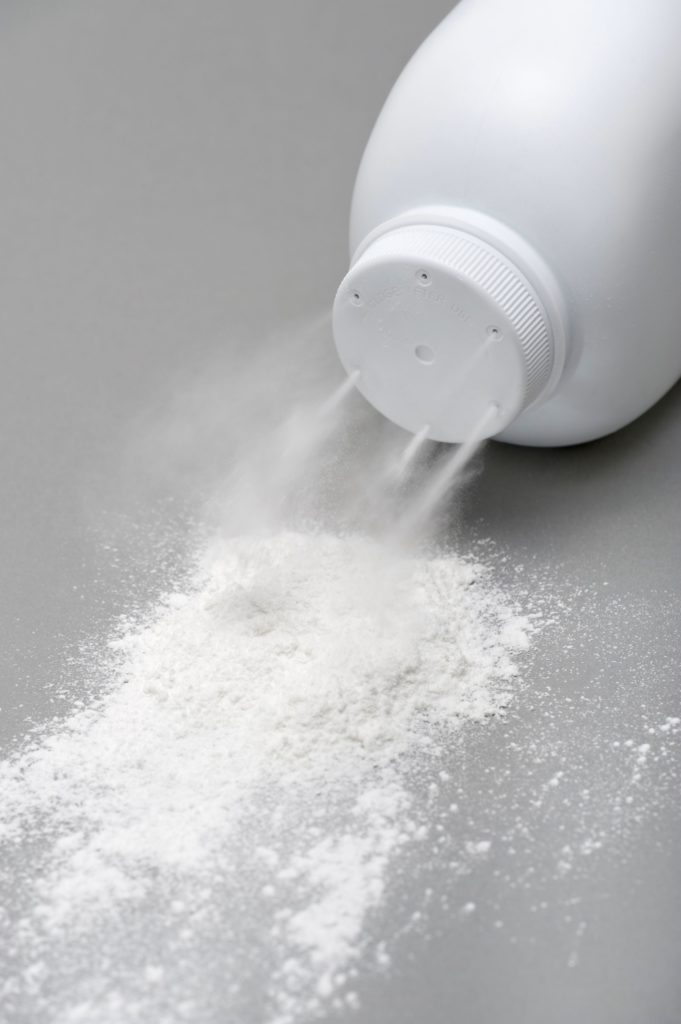 An essential ingredient of a range of cosmetic, pharmaceutical and consumer products, talc market is on the roll. Examine the trends in this niche market segment
An essential ingredient of a range of cosmetic, pharmaceutical and consumer products, talc market is on the roll. Examine the trends in this niche market segment
The worldwide talc market is predicted to reach $3.35 billion by 2023, growing at a compounded annual growth rate (CAGR) of 4.6 per cent from its current level of $2.68 billion in 2018, reveals a new research report findings published by MarketsandMarkets.
Being the key ingredient of talcum powders and other in skincare products, talc is used by manufacturers in the cosmetics and personal care industry as an essential raw material, besides its applications in various other industries.
Approved by the Food and Drug Administration for its use in ingested and topical drug products, talc is used in cosmetics due to its absorbent and anti-caking properties. The product is also used as a reinforcing filler in polypropylene and engineering thermoplastics for automotive parts, domestic applications, electrical and electronic components, and food packaging. The report by MarketsandMarkets focuses on the opportunities in the talc market for suppliers while analysing the competitive landscape that covers new product developments, acquisitions, expansions, partnerships, and collaborations, with a forecast period being 2018 to 2023.
Scenario in India
India is one of the major geographies in the world that supplies talc as a raw material besides using it heavily for domestic consumption at the same time. As per the data published in the 55th Edition of Indian Minerals Yearbook that focuses on Talc, Soapstone and Steatite, brought out by Indian Bureau of Mines, Ministry of Mines, Government of India, Rajasthan is the largest supplier state of talc contributing close to 57 per cent of the total supply of talc in India, followed by Uttarakhand (25 per cent). The other important Indian federal states where talc is found in huge quantities—which also contribute to the balance 28 per cent of the total supply in India—include Andhra Pradesh, Bihar, Chhattisgarh, Gujarat, and Jharkhand, Karnataka, Kerala, Maharashtra, Madhya Pradesh, Odisha, Sikkim, Tamil Nadu and Telangana.
After undergoing a purification process, talc is categorised as Grade A, Grade B, Grade C and Grade D on the basis of its whiteness as it appears visually. Of the total usable talc, only the Grade A talc is used in cosmetic and pharmaceutical applications. Used in a range of products in India, some of the cosmetic and pharma applications of talc in India include baby powders, medicated powders, perfumed powders, designer perfumed body powders, and antacids. It is also used, albeit in minor quantities, in deodorants, body soaps, and paper.
The top brands in India’s consumer products category that use talc as an essential ingredient include Axe Denim (Hindustan Unilever Ltd), Cinthol Deo Classic (Godrej), Himani Navratna (Emami Ltd), Nivea Musk, Park Avenue Double Deo (Raymonds), Pond’s Dream flower, Premium Lavender, Secret Temptation (Procter & Gamble), and Yardley English Lavender (Wipro). The top players in the global talc market include Imerys (France), Mondo Minerals (Netherlands), Minerals Technologies (US), IMI Fabi (Italy), Golcha Minerals (India), and Nippon Talc (Japan), among others.
Segment-wise trends
From the perspective of deposit type, the talc carbonate segment is deemed to be controlling the biggest share of the talc market in 2018. The primary constituents of talc carbonate deposits are talc carbonate and portions of chlorite. Further, the key constituents of carbonate are magnesite (magnesium carbonate) or dolomite (magnesium and calcium carbonate).
Some of the growth opportunities for the talc manufacturers that will drive future demand for talc include rapid industrialization, growing demand for talc and talc-based ingredients from the automobile sector, the increased disposable incomes of the middle-class populations of emerging economies, and the increasing research and development activities for identification and creation of new grades of talc.
Amongst regions, Asia Pacific is considered to be exhibiting highest growth for talc sales world over. The rapid expansion of talc revenues in the region can be attributed to the increasing demand for talc-reinforced polypropylene from the fast-growing automotive sector in economies such as China, which also happens to be the largest consumer of talc in the region. The steadily rising population and speedy industrialisation of developing economies are other two factors catalysing the revenue growth for talc suppliers in the Asia Pacific markets.

